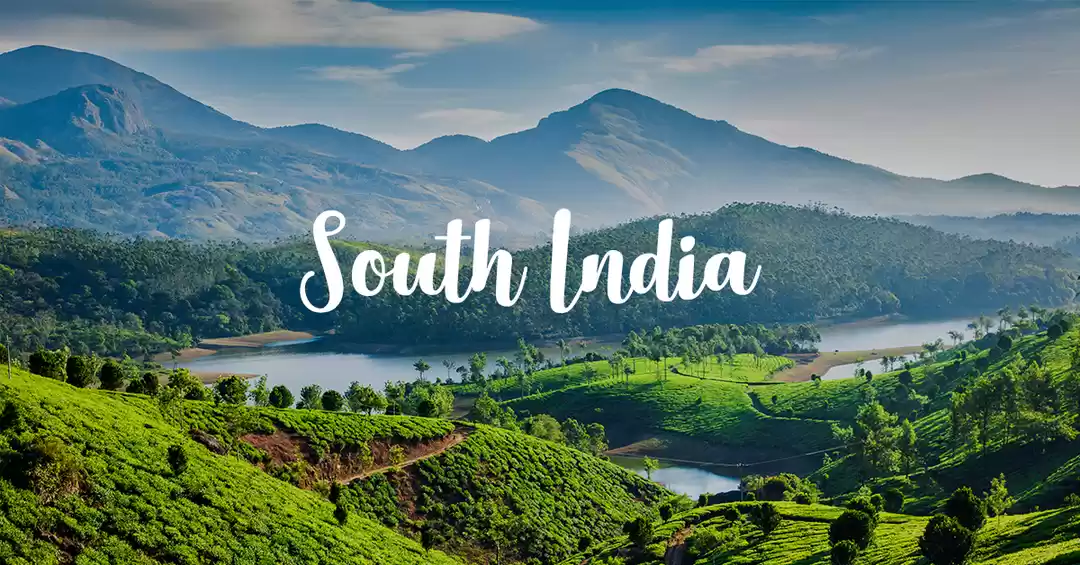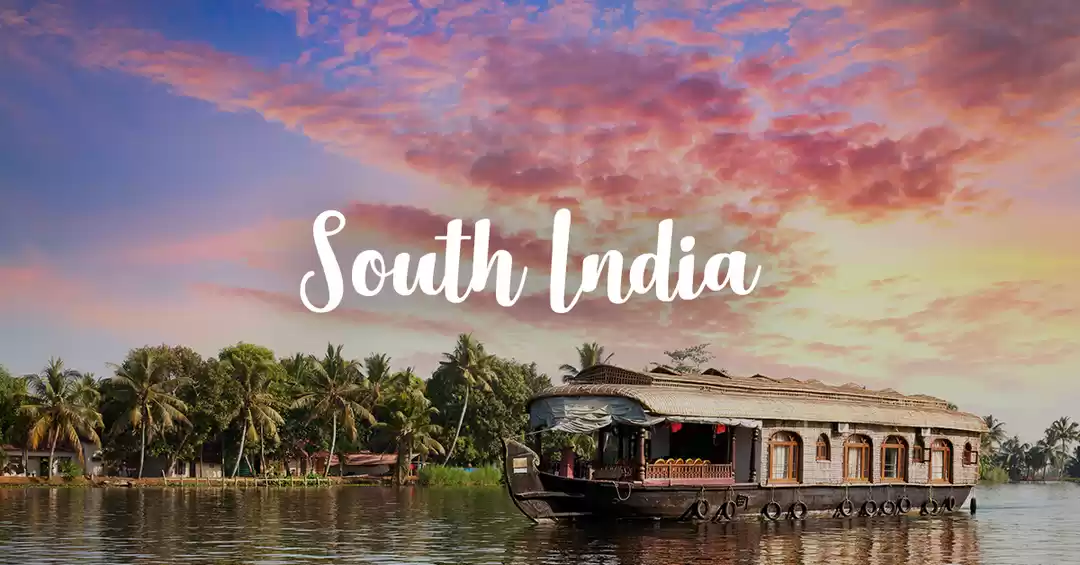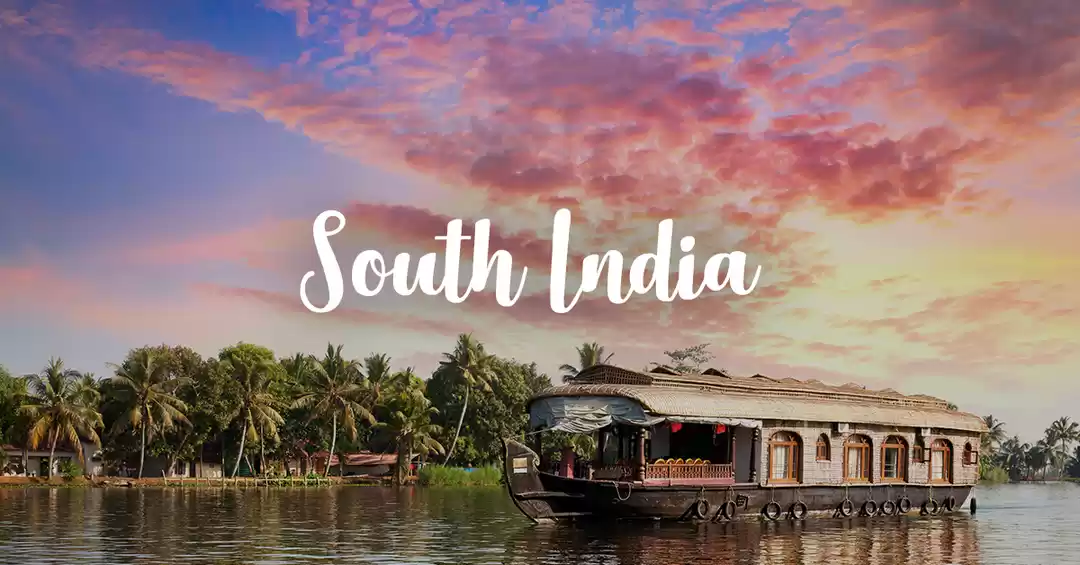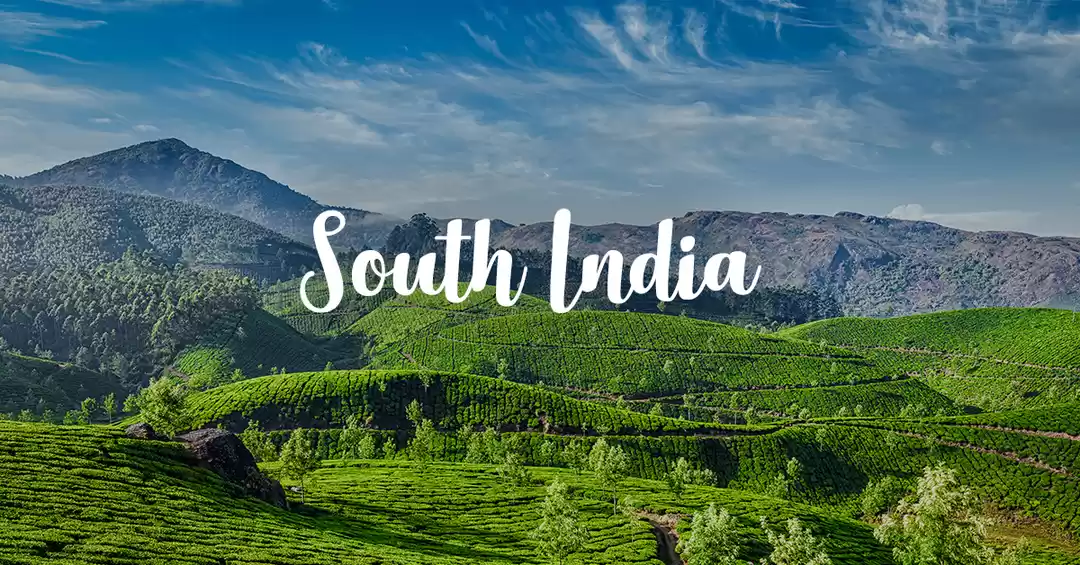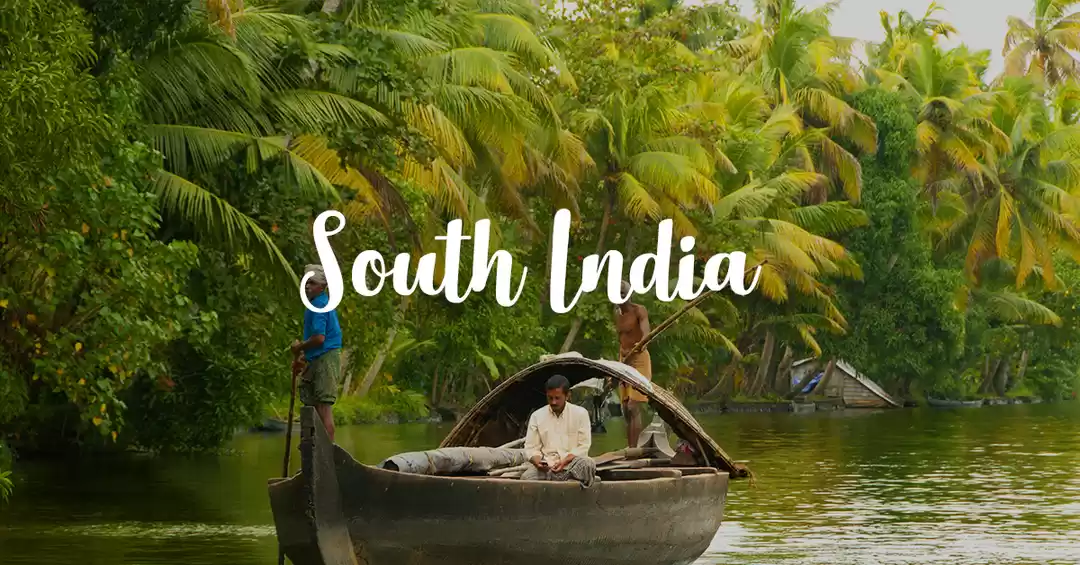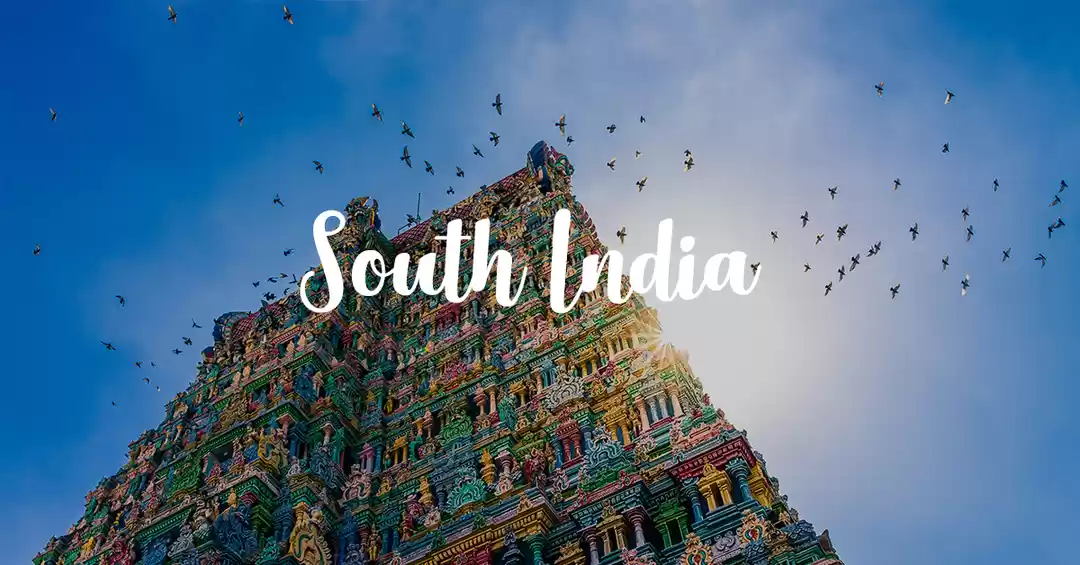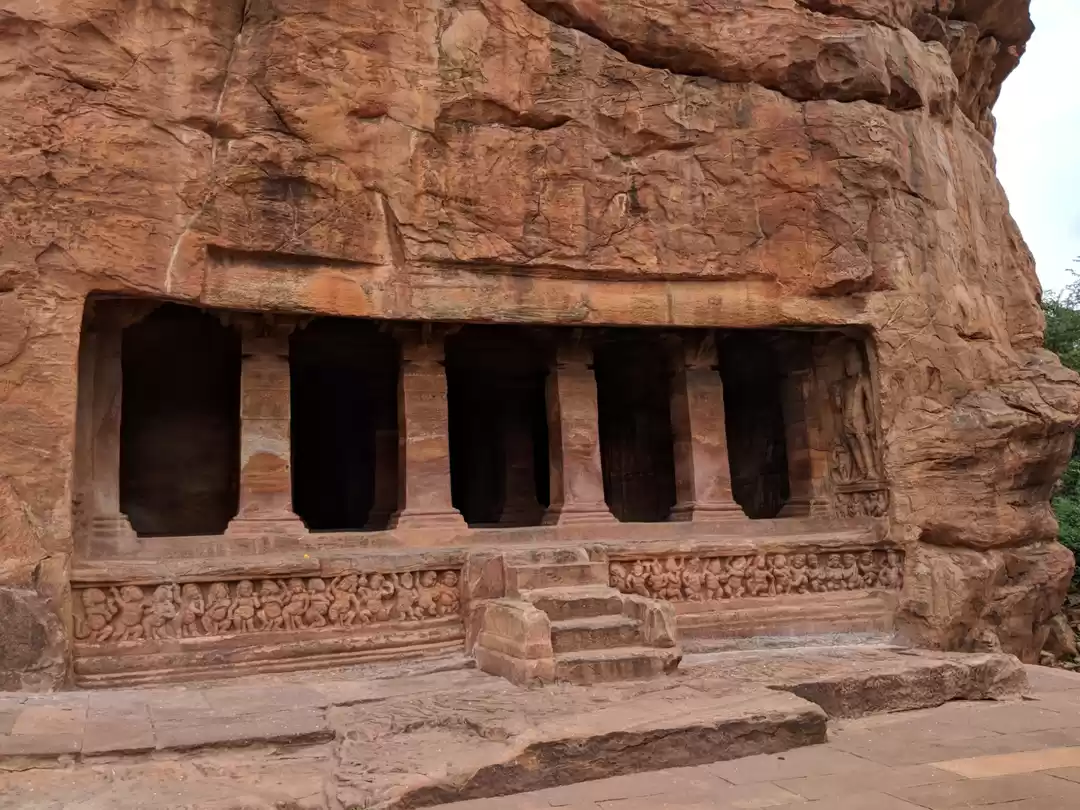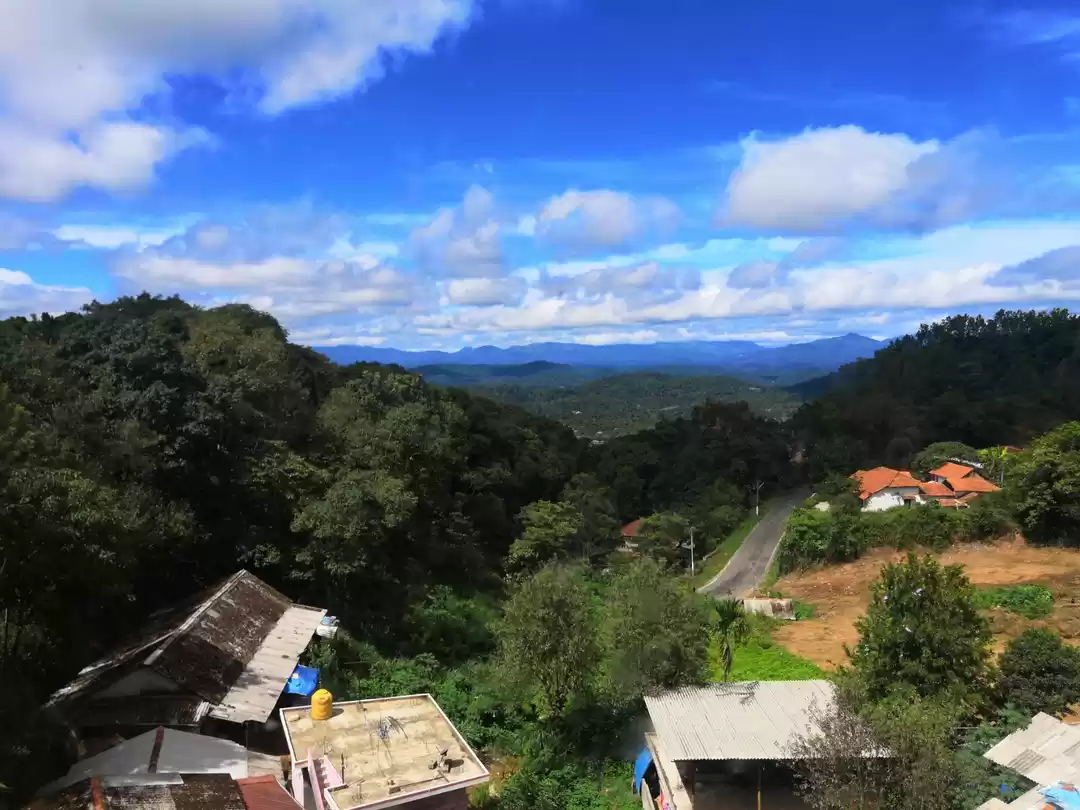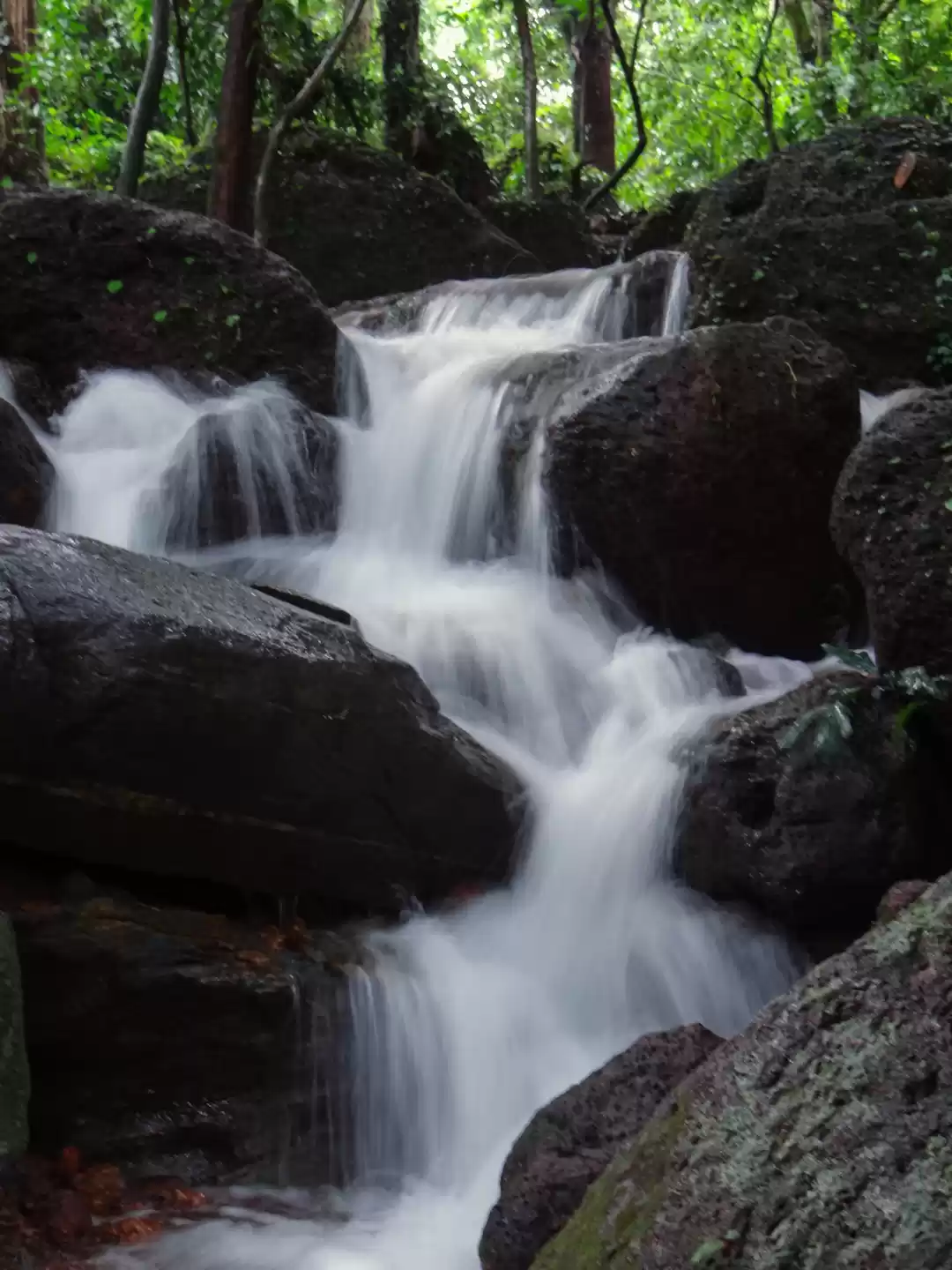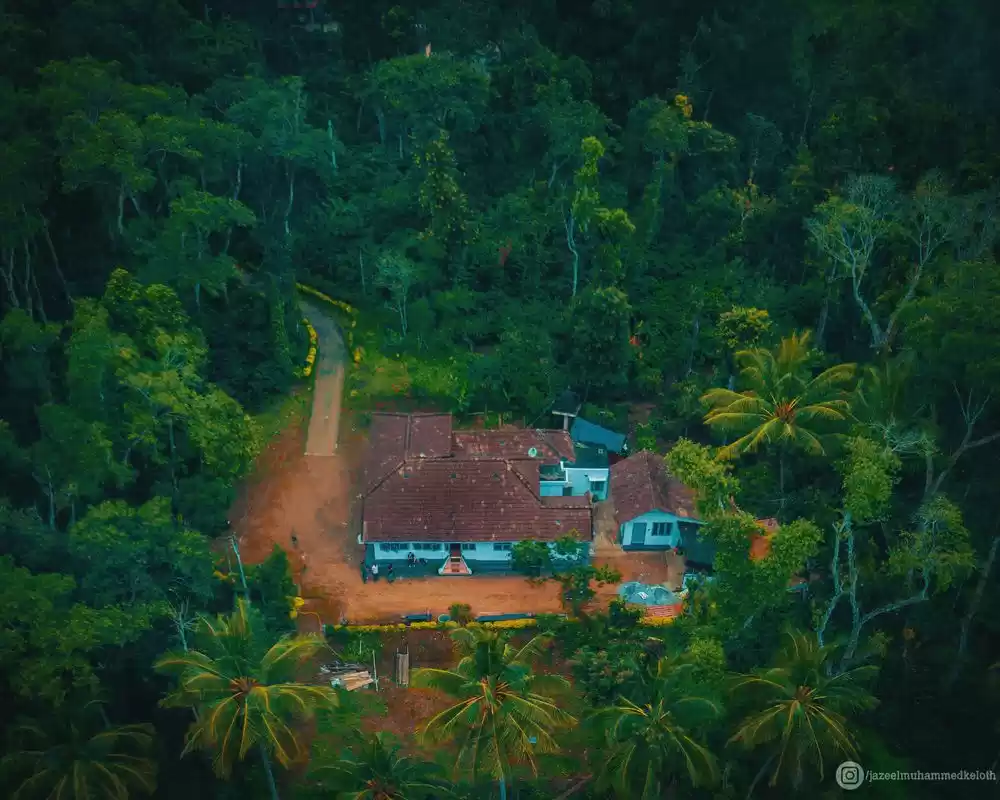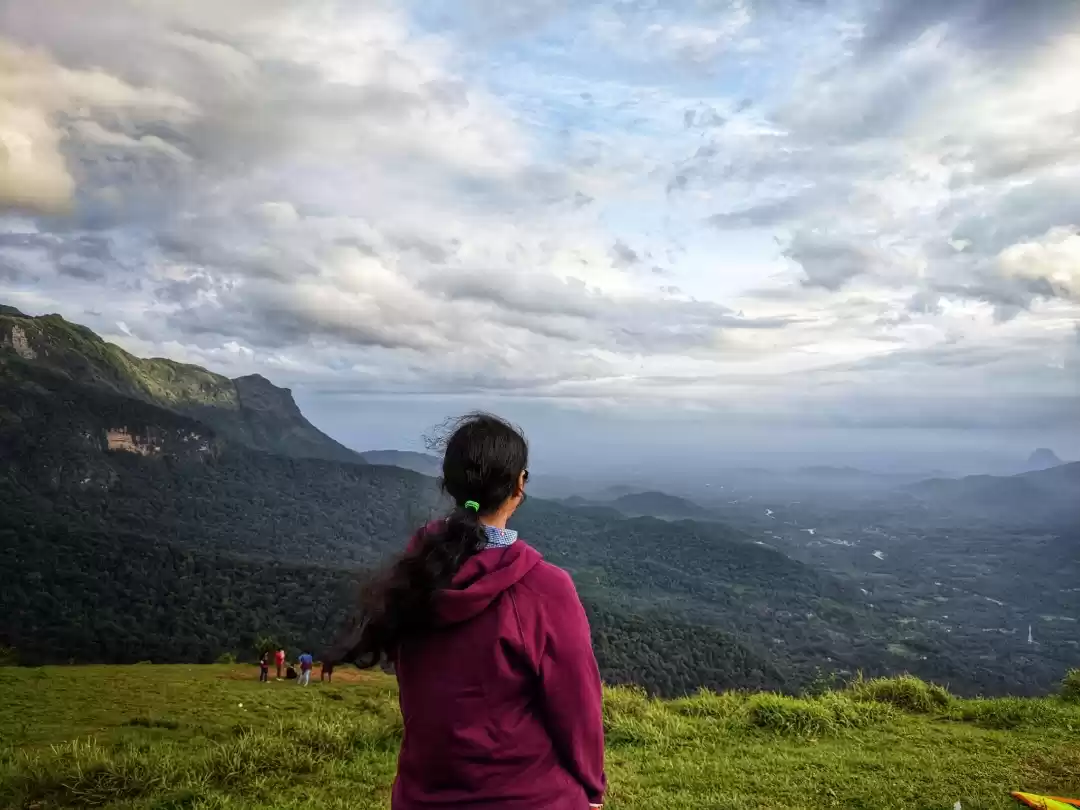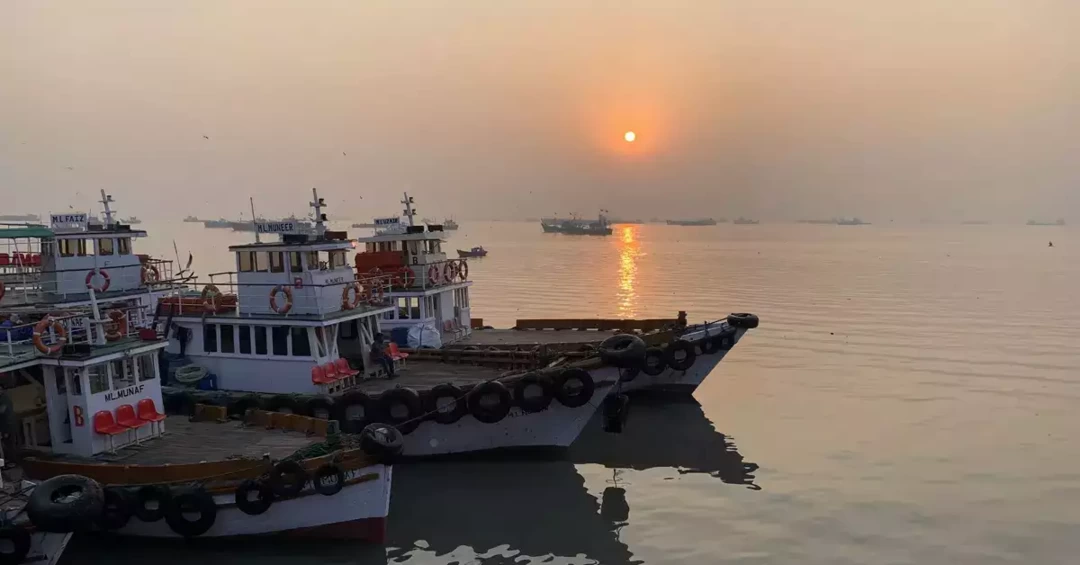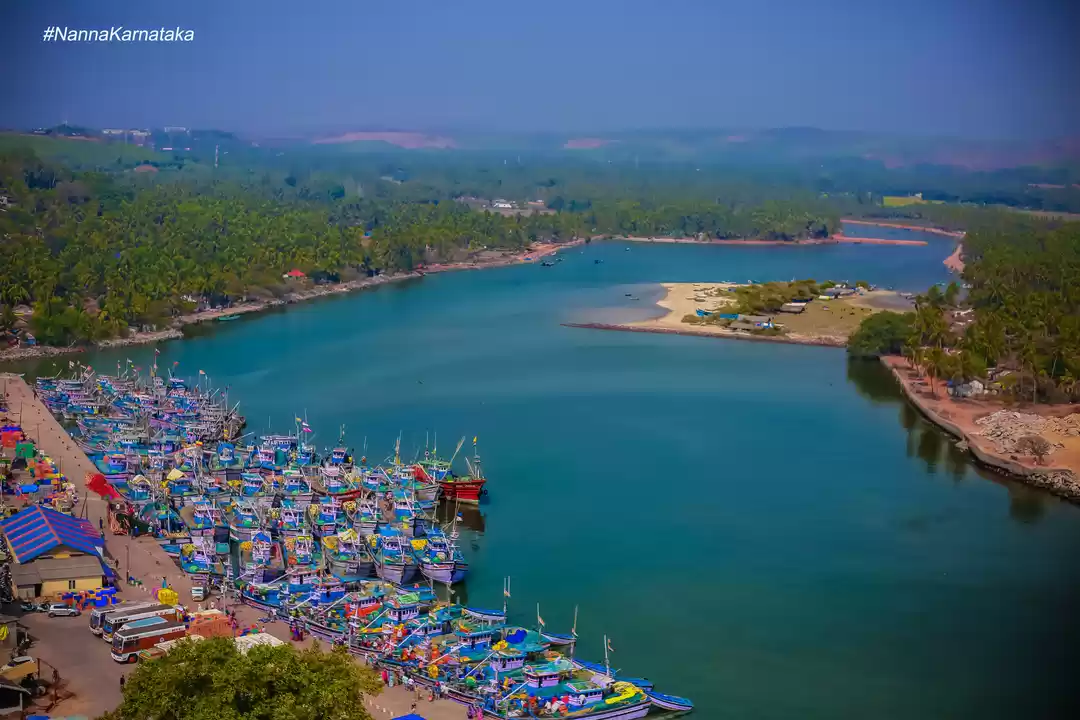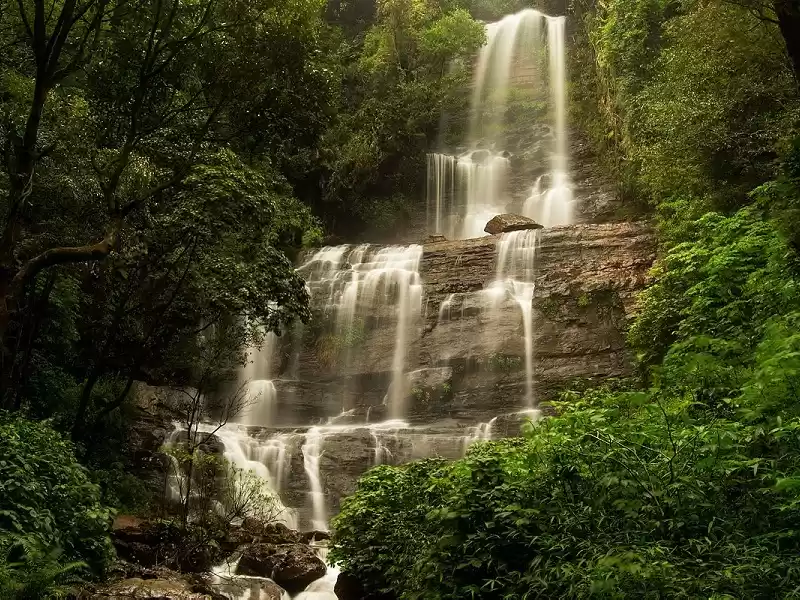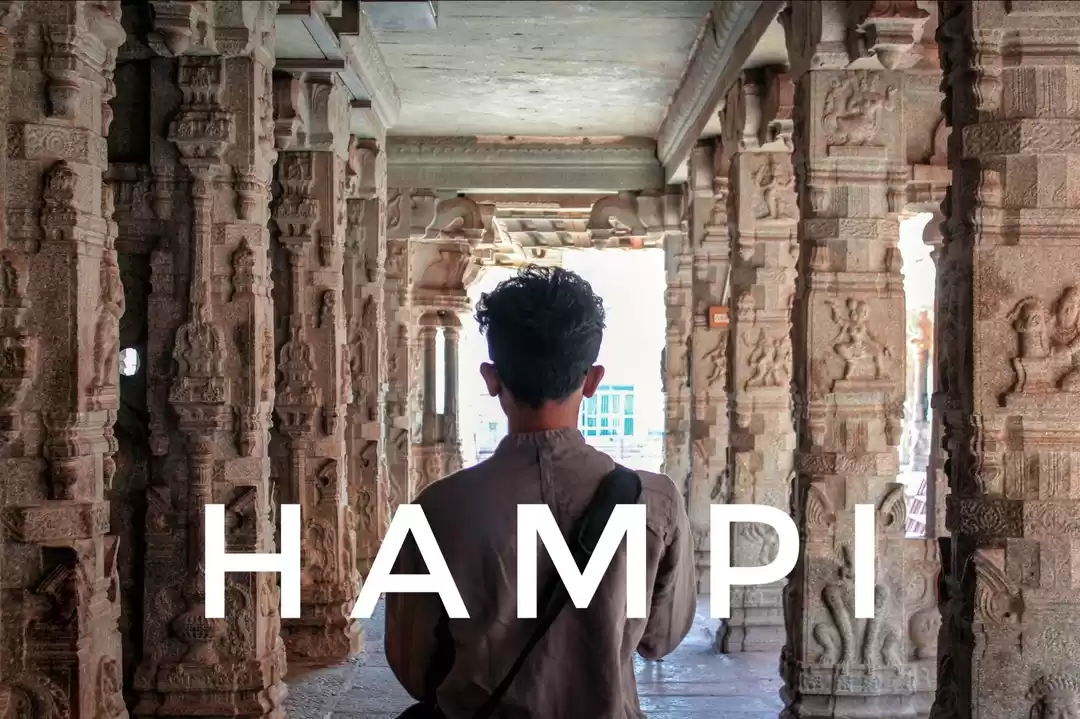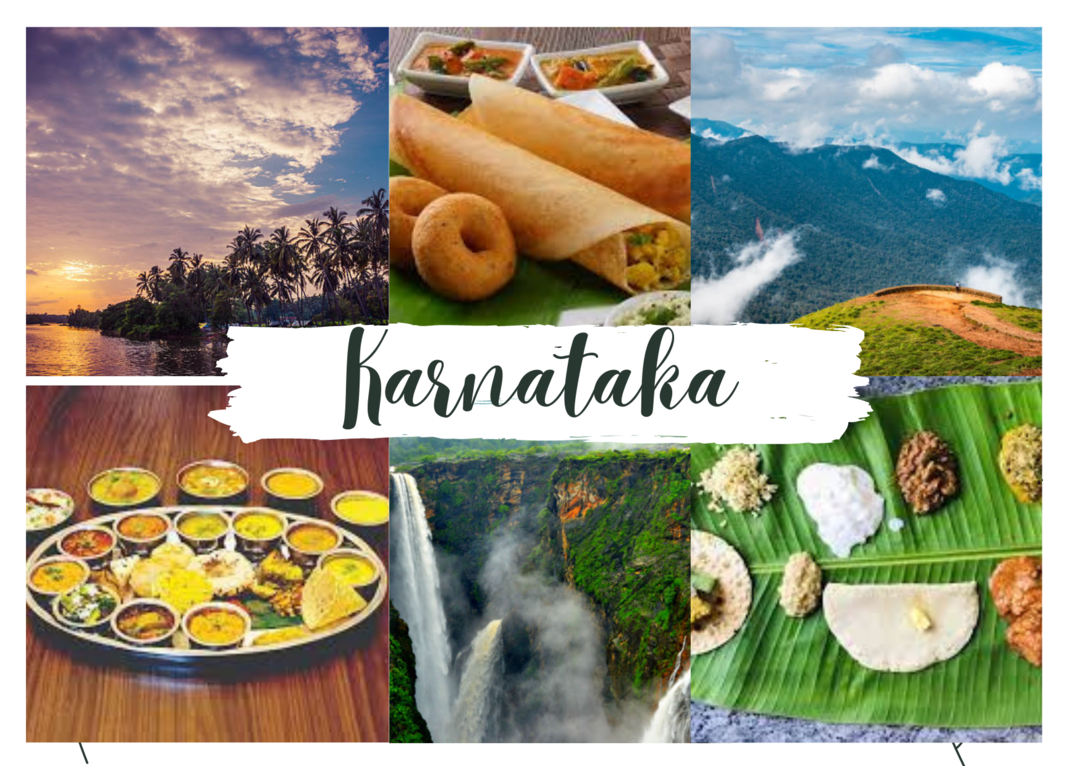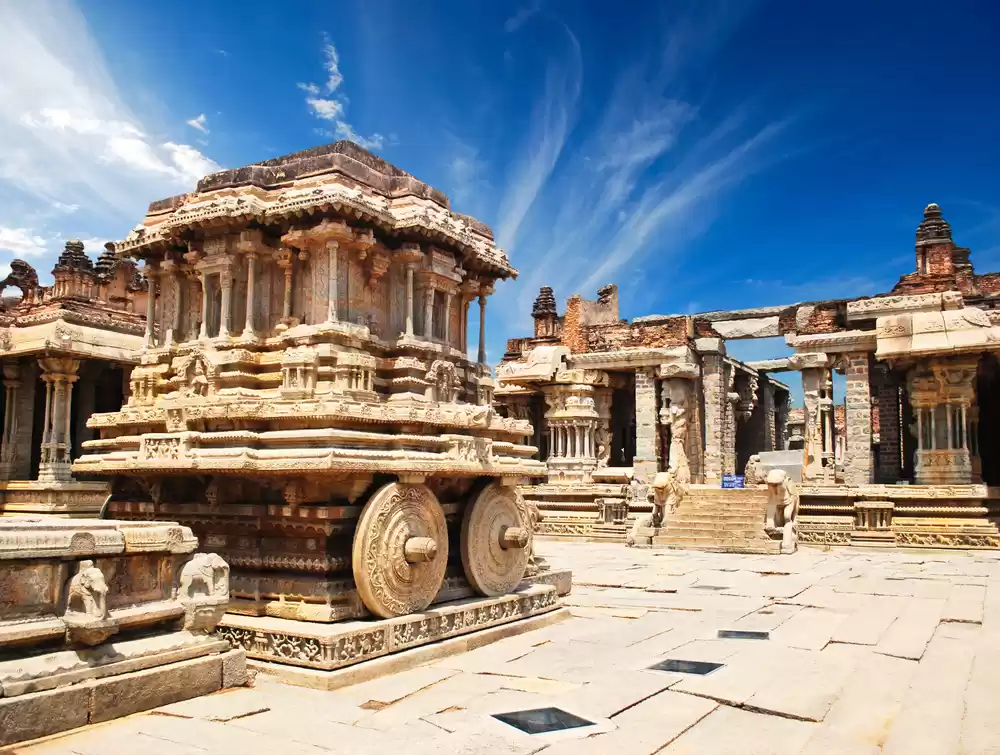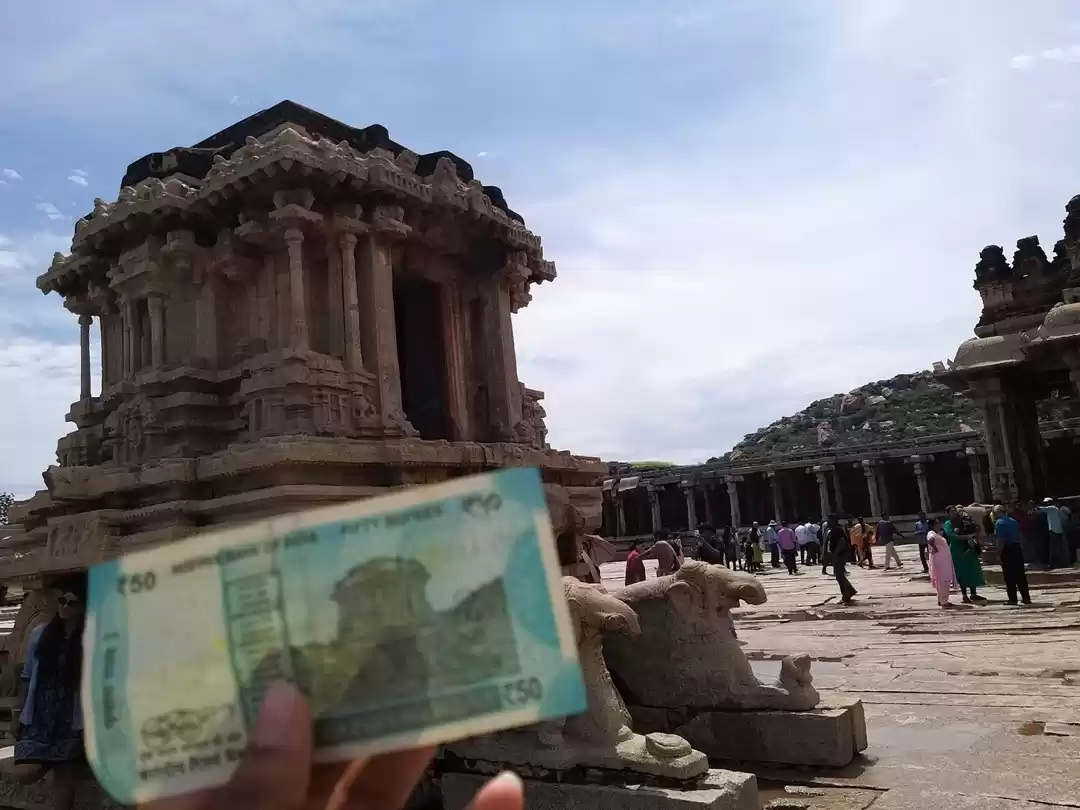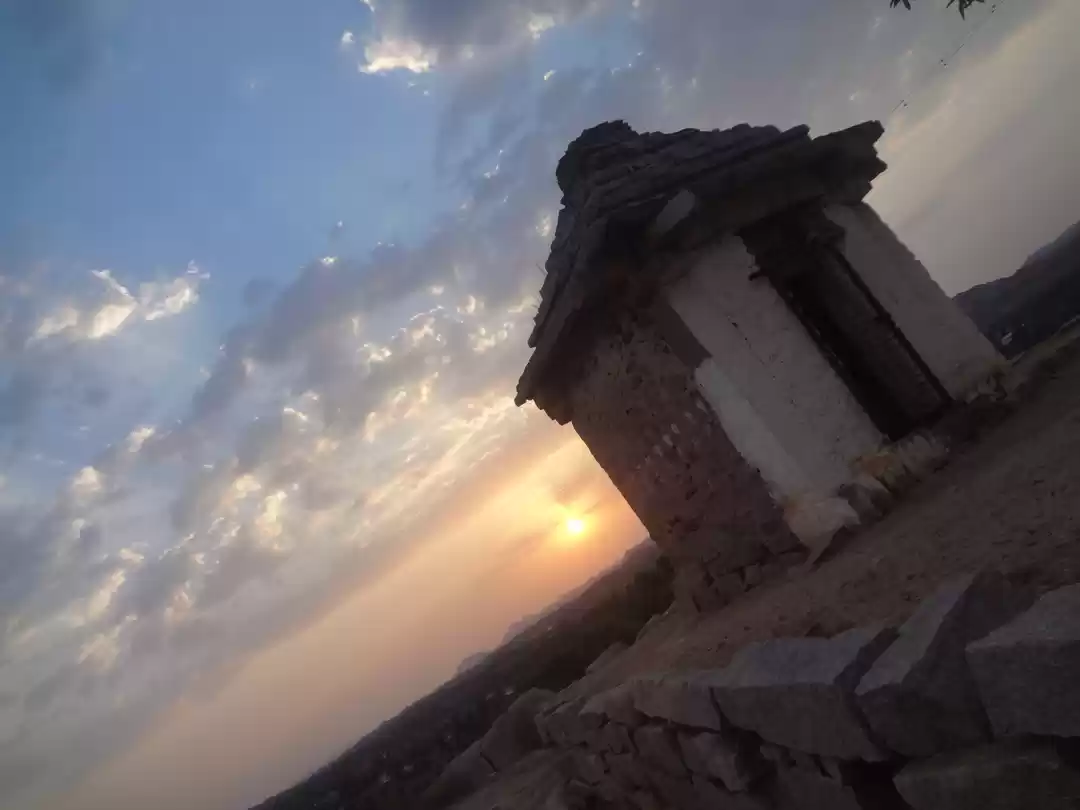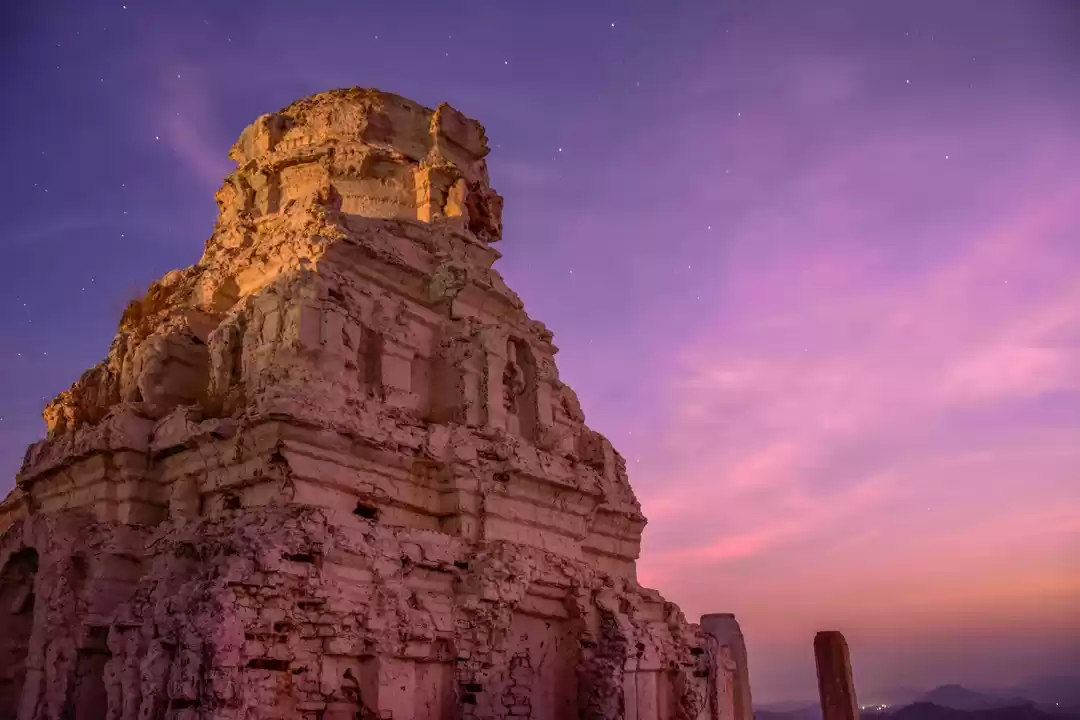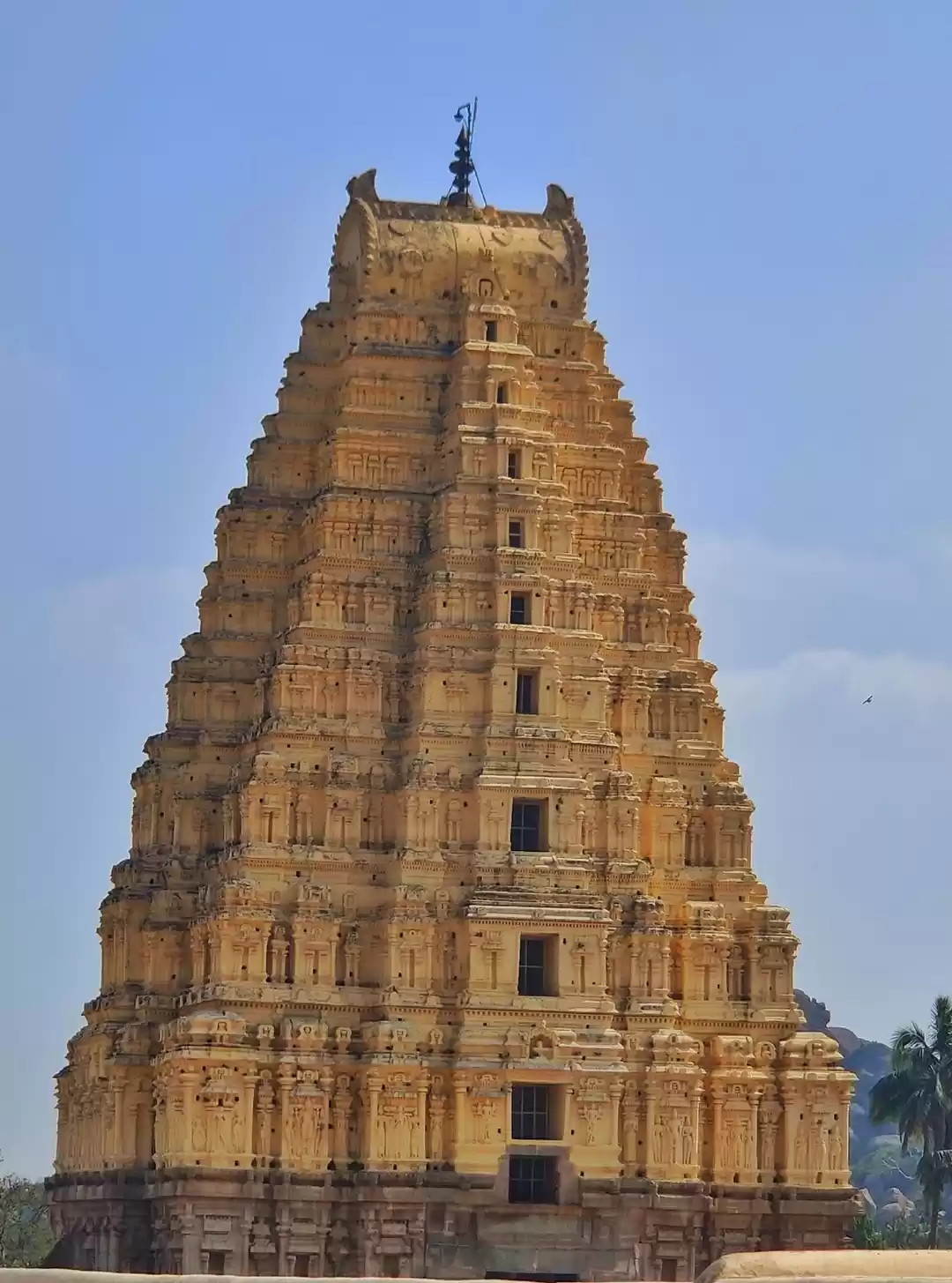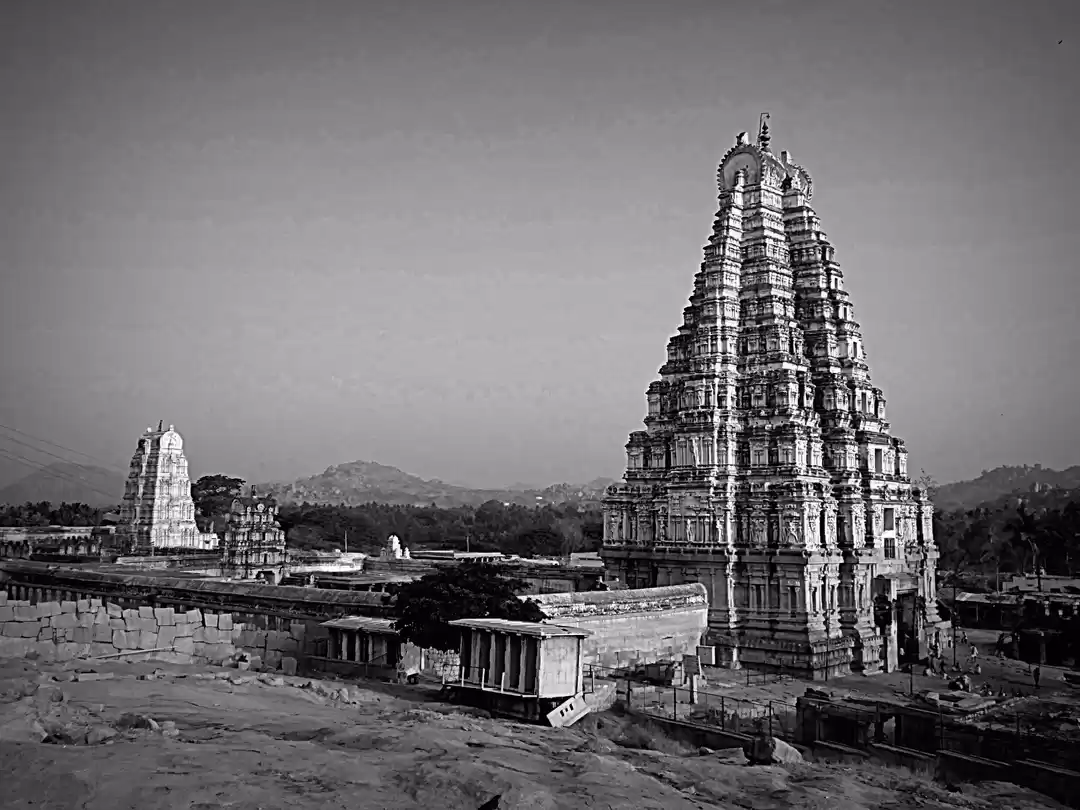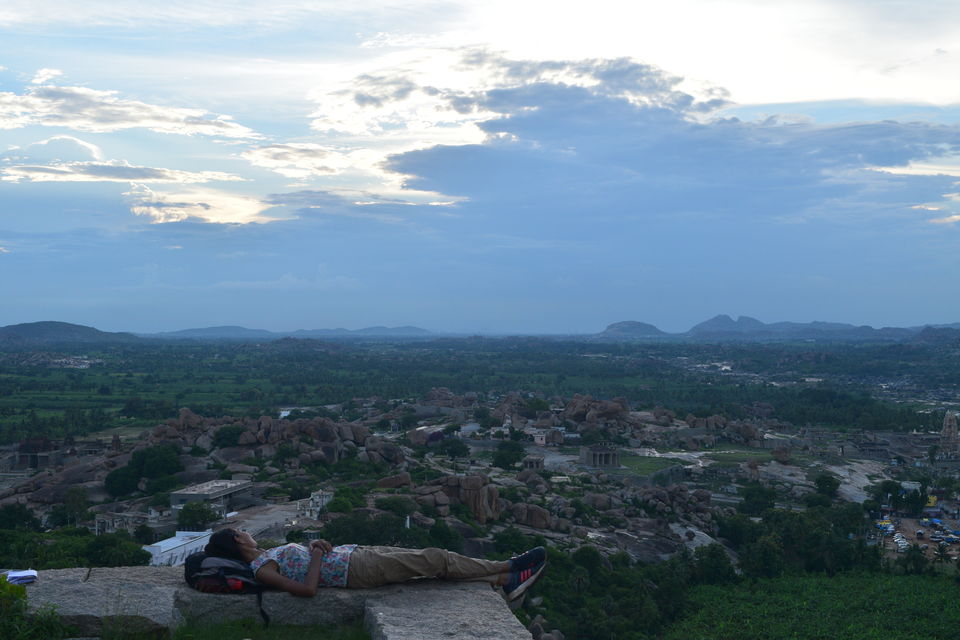
I began preparations for this trip in the most conventional way, by reading everything about the place. That seemed the most correct thing to do before visiting a place immersed in history and marked as a UNESCO World Heritage Site. The best reference work on the place is “Hampi Vijayanagar” by John M. Fritz and George Michell. It relies on the chronicles of Nicolo Conti and Paes to demonstrate an accurate picture of this once magnificent empire, and now a living monument.
After arriving at the nearest town Hospet by rail, one can take the local auto rickshaws to Hampi. You will be immediately transported through history as you enter the rugged terrain of the territory. Giant boulders shaped into guards by nature line the dusty track as you leave the modern habitations behind and ride closer to the banks of Tungabhadra.
One crosses the Talarighatta Gate as one enters the heritage site, which was also the entrance to the erstwhile Vijaynagar capital in the 14th century. I had taken up accommodation on the other bank of Tungabhadra, on the island of Anegondi. There are ferries to haul people and goods across, but coracle rides are also an interesting way to get across the river each time you venture out of the island. Atleast one coracle ride is highly recommended, especially after the sunset, when you cross the dark river with only a quivering light and silence so deep you can hear the whispers from history across the temples and palaces in Hampi.
Anegondi deserves another story of its own, with its rich culture, cuisine and its timeless people. A quick surmise would include the Chintamani temple with its serene lakeside dotted with ritual performing yogis, the Anjenya hill which offers a grand view of the historical landscape, the prehistoric rock paintings, and a ride through the tribal villages in the interior of this magical island. Another must on the island are the banana blossom savories cooked by the local families.

The best way to embrace Hampi is through circuits, one at a day. Winding dirt paths connect the various monuments and structures within the demarcated enclaves.
The Sacred Circuit-
The Vittala Temple- This temple is an architectural wonder with musical pillars, carved frescoes, sprawling campus, giant gateways and the iconic stone chariot. The smartly hidden joints of the piled granite blocks give it a monolithic appearance. Here, Vishnu was worshiped by the cattle herders.



Reclining Vishnu- A small hike across the stone plateau along the gurgling river brings you to the surprise treasure of reclining Vishnu. Here Vishnu with his four arms lies on the coiled body of the cosmic snake Anantha.

Achyuta Raya temple- This structure marks the climax of Vijayanagare style of temple architecture. It sits in a semi secluded valley created by two hills - the Gandhamadana & Matanga hills.

Virupaksha Temple- One passes out of the carved monolith passageways out of the Courtesan’s Street, onto the main market way of Hampi. I was mesmerized by the awe and grandeur of the Virupaksha temple gateway as it rose in front of my eyes.

This temple is said to have an uninterrupted history since the 7th century. On its right lies the Manmatha tank with steps leading down to the water. As I sat on the steps, a light shower greeted me, reminding me that divinity has ruled history here, and the elements have been its witness. The main towering gopura donned gateway facing the main sanctum stand over the Hemakutta hills.
Hemakutta hills bear a synergy between the spiritual, historical character of Hampi and its geography carved by granite plateaus and vast stone surfaces. It houses many temples, pavilions and archways. Though it would be inadvisable to visit the hill in afternoon, as the sun can bare its fiery heat on the open plateau. The best time would be during the sunset or sunrise when the view brings out all the elements at their best.
The Royal Circuit-
Queen’s Bath- As one diverges from the Hampi- Kamalapura main road into the royal center, the first structure one comes across is the Queen’s bath. Probably this was used as an indoor aquatic complex. As one goes around under each veranda, look out for the domes, each designed in a unique style.

Mahanavami Platform- As you walk further into the royal enclosure, you will come across an unassuming three layered platform, but closer perusal will reveal the intricate carvings and symmetrical stonework on this platform. It was constructed by King Krishnadevraya to commemorate his victory over Udaygiri, in present day Odisha. That the structure was since enhanced by future kings is marked by the use of green schist stones on the extremes of the structure.

Pushkarni stepped tank- This is built in the Chalukyan style and is an ideal setting for photographers. The symmetrical play on stones mesmerizes the visitor into the beauty and architectural perfection of the times.

The Hazara Ram temple- At the center of the royal enclosure, this temple is unique as it portrays the story of Ramayana through carved stone tiles on the outer wall of the temple.

Hampi requires long perambulations to cover its many structures and their stories. There are also Islamic quarters, a Jain temple and bazaars. It was truly a medieval metropolis.

Whilst you celebrate the rich heritage and enliven your mind with the spiritual experience, also visit The Mango Tree next to Virupaksha temple for their deserts and beverages. The area also provides variety avenues for trinket and souvenir shopping.

I left Hampi with a refurbished identity, a refreshed mind and a spiritual sense that no matter where I go now, Hampi will always remain a part of me. You have to visit this place to know what it means to acknowledge the history of a nation.



